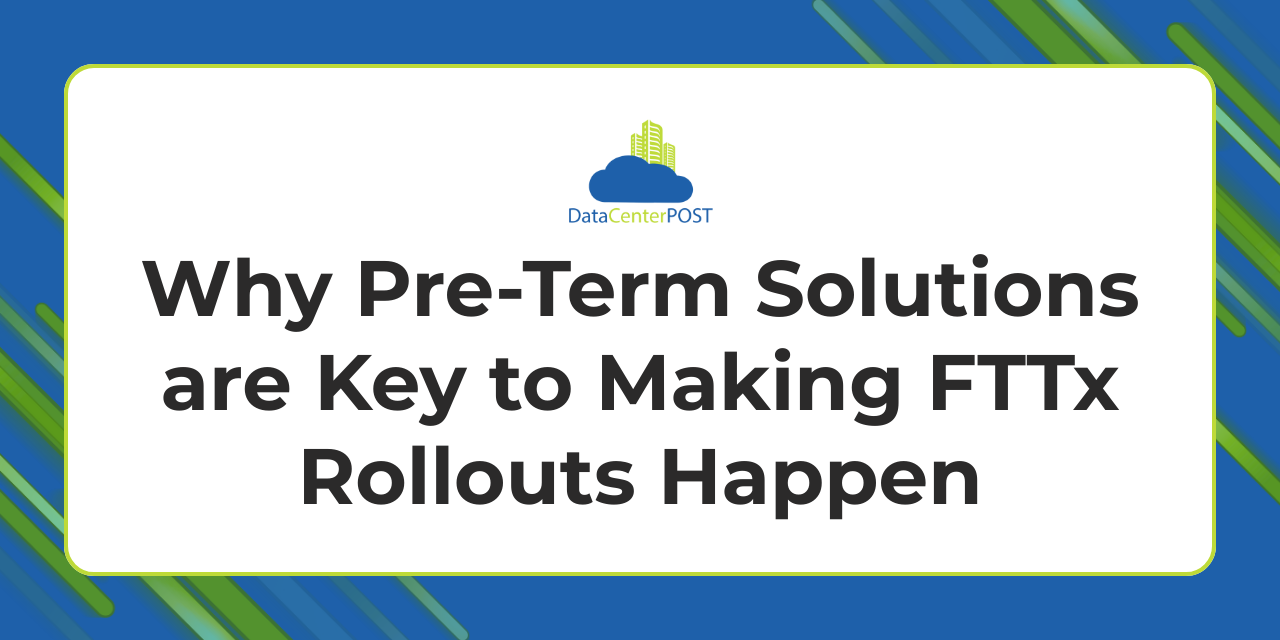Originally posted on Data Center POST.
U.S. FTTx rollouts have entered a “do more, faster” phase. Fiber Broadband Association (FBA) figures show that fiber builds reached record levels in 2024. 10.3 million homes were passed, pushing the national footprint to nearly 88.1 million by early 2025. Growth is forecast to remain strong through 2029. At the same time, the $42.45 billion BEAD program is moving from planning to execution. Funds have been allocated to all states and territories to accelerate construction. RVA LLC Market Research & Consulting research for FBA forecasts ~$167B in U.S. FTTH capex 2025–2029. RVA’s “North American Fiber Broadband Report: FTTH Review and Forecast 2025–2029,” predicting peak FTTH deployment through 2029 with 65% of consumers now preferring fiber.
However, there’s one issue making ubiquitous fiber significantly harder to achieve: a widening workforce gap. To meet federal and state goals, the FBA estimates the market needs some 58,000 additional broadband tradespeople right now—and another 120,000 over the next ten years. Over 60% of current fiberoptic technicians are nearing retirement, shrinking the field workforce and the pool of experienced trainers. Furthermore, many regions lack vocational programs tailored for fiber-optic installation, splicing, and testing—leaving training gaps. A Department of Commerce report reinforces the urgency, noting a need for 205,000 additional fiber technicians to avoid deployment delays of 18 months or more.
Programs are underway to expand training pipelines and apprenticeship programs and recruit candidates. However, labor shortages are already creating performance bottlenecks in outside-plant construction, splicing, and aerial/underground work even before the full BEAD rollout. Even if the number of technicians increases significantly and rapidly, it’s questionable whether the workforce will be able to keep up with fast-growing demand.
Reducing reliance on skilled staff
The lack of experts is a key reason why pre-terminated, or pre-connectorized, fiber is gaining traction. Pre-terminated kits allow smaller, less-specialized crews to achieve more placements per day. It eases the labor bottleneck by reducing reliance on fusion splicers and highly skilled technicians.
Compared with traditional field splicing and termination, pre-terminated fiber brings other advantages that provide a direct answer to today’s rollout pressures. Speed is the most obvious: factory-terminated access systems can significantly reduce or even eliminate vast numbers of field splices, which means faster rollouts and shorter time to revenue. Working with closures which are pre-tested and ready for installation means savings on personnel, assembly costs, training, and work preparation. Fiber rollouts can be implemented up to two and a half times faster. Suppliers can set up access network in just a few weeks. Combining hardened, plug-and-play connector systems with pre-terminated terminals and closures streamlines outside-plant builds, shortens permit windows, reduces lane closures, and minimizes disruption in MDUs and dense urban streets.
To continue reading, please click here.

